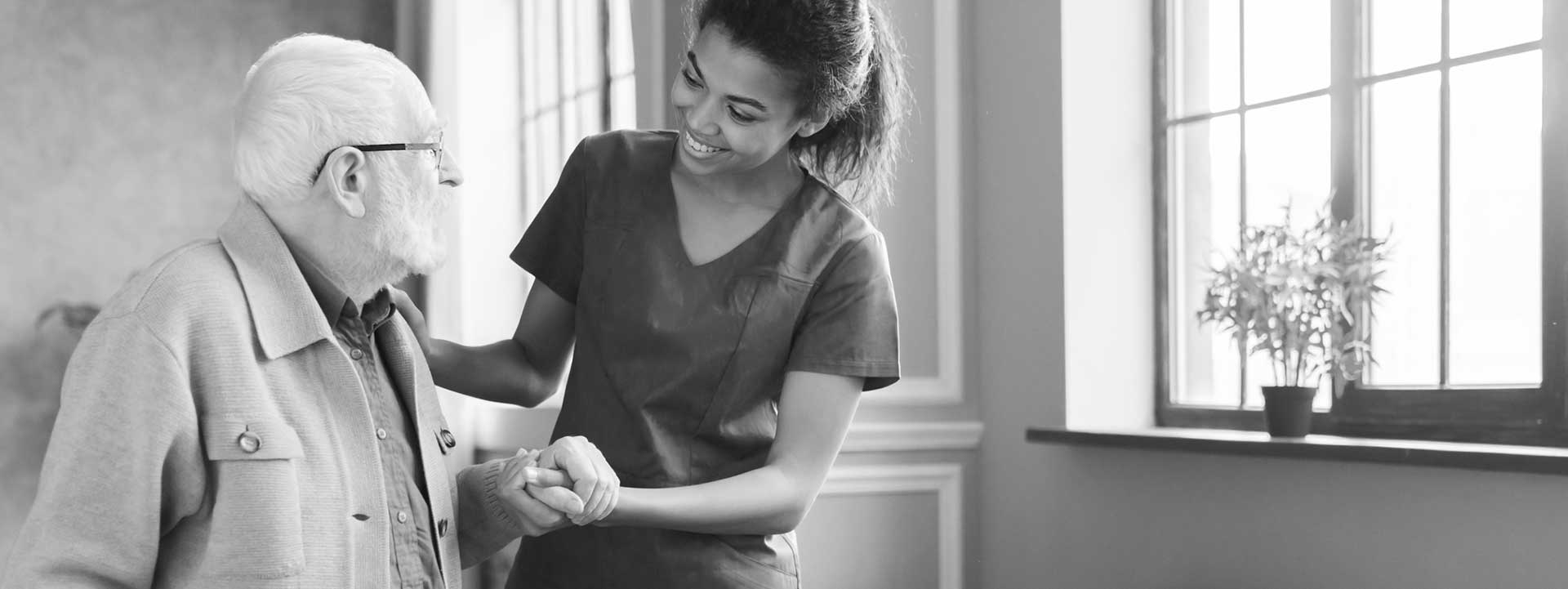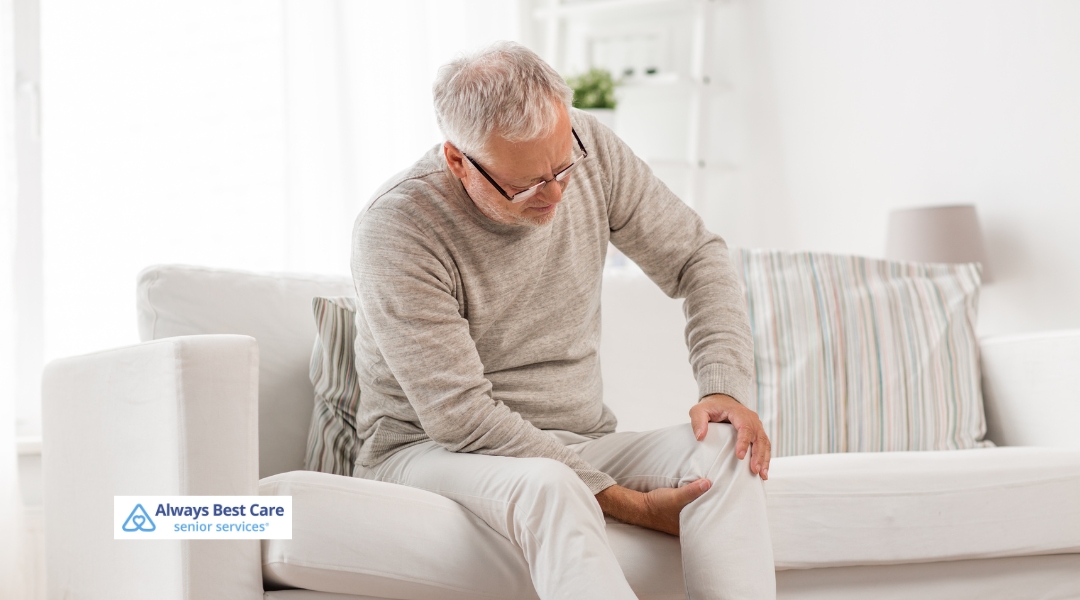Fall Prevention: 5 Ways to Make Stairs Safer for the Senior in Your Life

The figures are astounding — emergency rooms treat 2.5 million seniors for fall injuries per year. While the National Institutes of Health cites lower body weakness and changes in blood pressure as some of the top reasons older adults fall, environmental factors can also play a large part.
As a caregiver, fall prevention is one of your greatest responsibilities. While bathrooms and living areas are common spaces for falls, one place that deserves special attention your staircase. Luckily, there are a number of simple ways to make your stairs safer — not just for seniors, but for everyone in the house.
Around the Stairs
Start by removing area rugs at the top and bottom of stairways — they’re a tripping hazard. If you keep furniture near the landings, rearrange it in such a way that it doesn’t block the pathway. Tape electrical and extension cords along the baseboard and out of the way. It’s not a bad idea to place night lights in hallways and landings for added visibility leading up to and away from the stairs.
Increase Visibility
If your stairs have lower illumination levels than adjacent areas, it’s incredibly important to add more light. Low-glare overhead lighting that’s at least 60 watts should do the trick to adequately light the stairwell. Make sure to install light switches at both the bottom and the top of the stairs.
To ensure each step is distinctly visible, put in a stair lighting kit and paint a contrasting color on the edge of wooden or concrete steps. If you have carpeted stairs, apply high visibility strips to the nosing of each step.
Add Traction
If your stairs are made of a smooth material (wood, painted, tile, etc), affix three long strips of non-skid contrasting tape on each step. Other options include rubber stair treads or coated, skid-resistant surface treatment. If your stairs are carpeted, make sure the carpeting is not sagging or loose, and is tight against the nosing of each step.
Remove Tripping Hazards
Never store items on the stairs — not even temporarily. Books, baskets, and other decor may add to the aesthetics of your stairs, but they increase the risk of falls. Check the state of the stairs themselves. If there are uneven steps, cracks, bunched-up stair-covering, or protruding nails, have a carpenter or other home repair professional fix them.
Get a Handle on Handrails
Handrails should be installed on both sides of your stairway. Attach them securely to walls and posts at adult elbow height. Handrails should be able to bear the entire weight of an adult without incurring damage. Furthermore, an adult must be able to wrap their hand completely around the handrails.
If seniors in your care get to a point where using the stairs is no longer possible, consider installing a stair lift, elevator, or remodel to include a bedroom and full bathroom on the ground floor of your house. Encourage all occupants of the home to be mindful when using the stairs — pay attention, take your time, don’t carry large items, and hold onto the handrails.
Always Best Care would like to thank author Liz Greene for her contribution to our blog. Liz is an accomplished author from Boise, ID and she has written extensively on topics in the senior care industry, you can follow her on Twitter @LizVGreene





